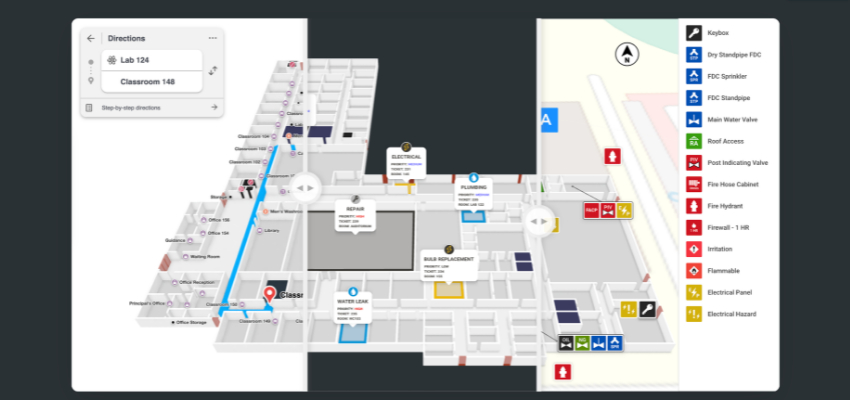Show:
Cloud Solution Architecture: From Fog to Clarity
Cloud technology has made its way into our lives, offering flexible and scalable solutions for businesses and individuals. However, behind the convenience lies a complex structure that determines the efficiency and reliability of these solutions – the cloud architecture. Let’s take a look at what it consists of and what benefits it provides.

Components of cloud architecture
Like any building, cloud architecture has its basic elements:
- Frontend. This is what the user interacts with – web interfaces, mobile apps, APIs.
- Backend. The part hidden from the user’s eyes, which is responsible for data processing, information storage and application logic.
- Network. Provides communication between the frontend and backend, as well as between different components within the cloud.
- Storage. A place to store data, from databases to files and objects.
Cloud service models
Cloud services offer different service models, each of which addresses specific challenges:
- Infrastructure as a Service (IaaS). The user accesses virtual servers, storage and networks by installing and managing the software themselves.
- Platform as a Service (PaaS). In addition to infrastructure, a platform for application development and deployment is provided, simplifying the process of creating and managing software.
- Software as a Service (SaaS). The user has access to off-the-shelf software running in the cloud.
Choosing an architecture: A personalised approach
Choosing the right cloud architecture is a personalised process that depends on many factors: size and type of business, budget, security requirements, availability of IT specialists and others. It’s important to find the best solution for your specific needs.
Looking to the future: The evolution of clouds
Cloud architectures are constantly evolving. Hybrid clouds that combine public and private clouds, multi-cloud solutions that utilise services from multiple providers, and integration with artificial intelligence are all shaping the future of cloud technology.

Variable benefits
Cloud architecture has many advantages. It allows you to easily adapt to changing needs, save resources, ensure data security, and keep services running smoothly. Applications and data can be accessed from anywhere in the world.
The future of cloud architectures
Cloud technologies are constantly evolving, offering increasingly sophisticated and intelligent solutions. The direction of development includes:
Hybrid clouds. Combining public and private clouds for increased flexibility and security.
Multi-cloud solutions. Using services from different cloud providers to optimise costs and improve reliability.
Integration with artificial intelligence. Using artificial intelligence to automate tasks and analyse data.
Cloud architectures are not just a fashion trend, but the foundation of the digital future. By understanding their principles and capabilities, businesses and individuals can make the most of cloud technologies.

 Return to Previous Page
Return to Previous Page








